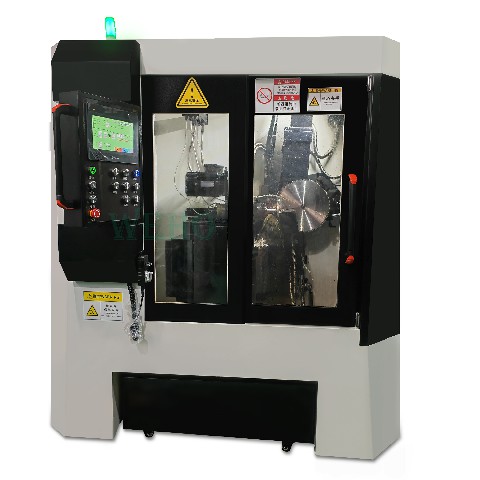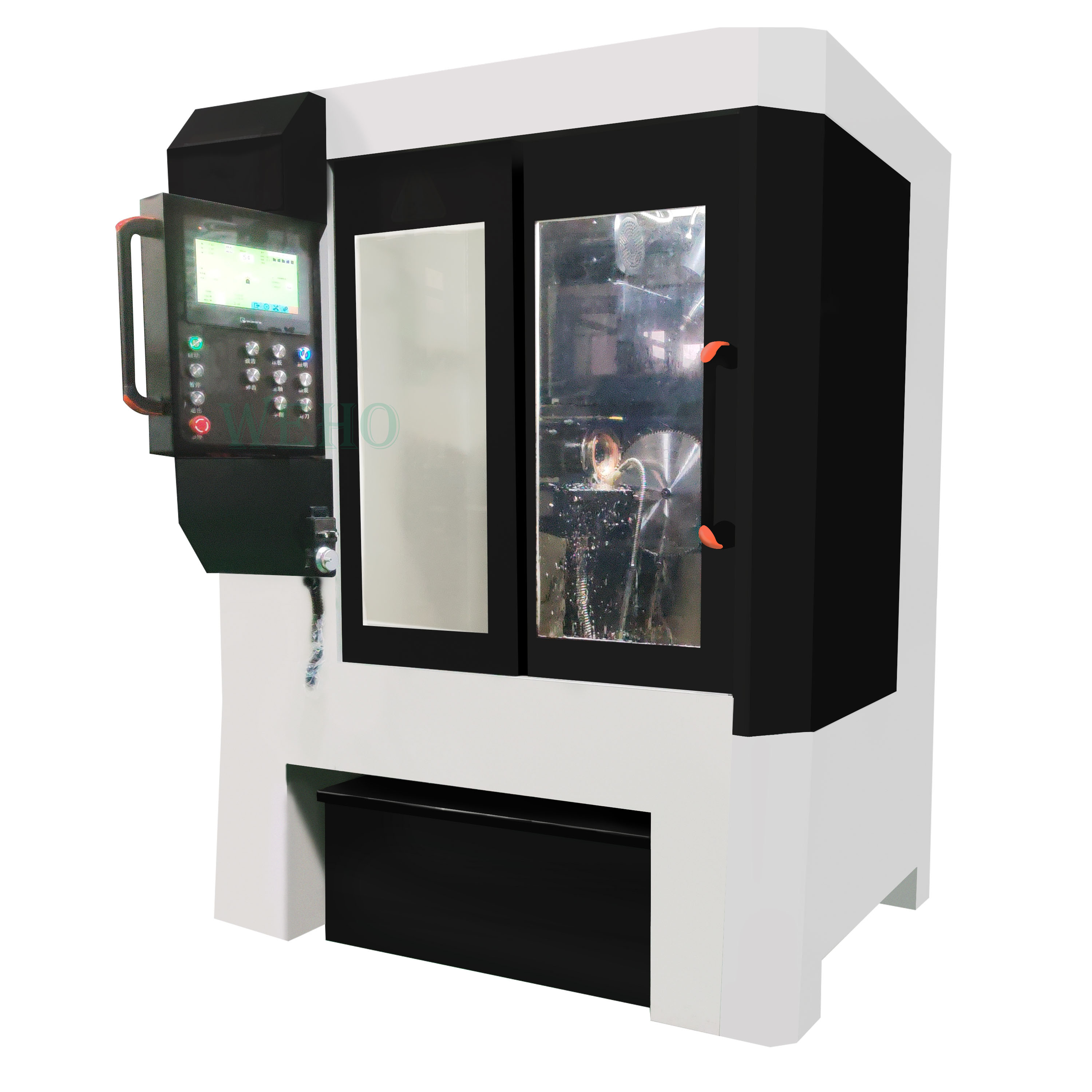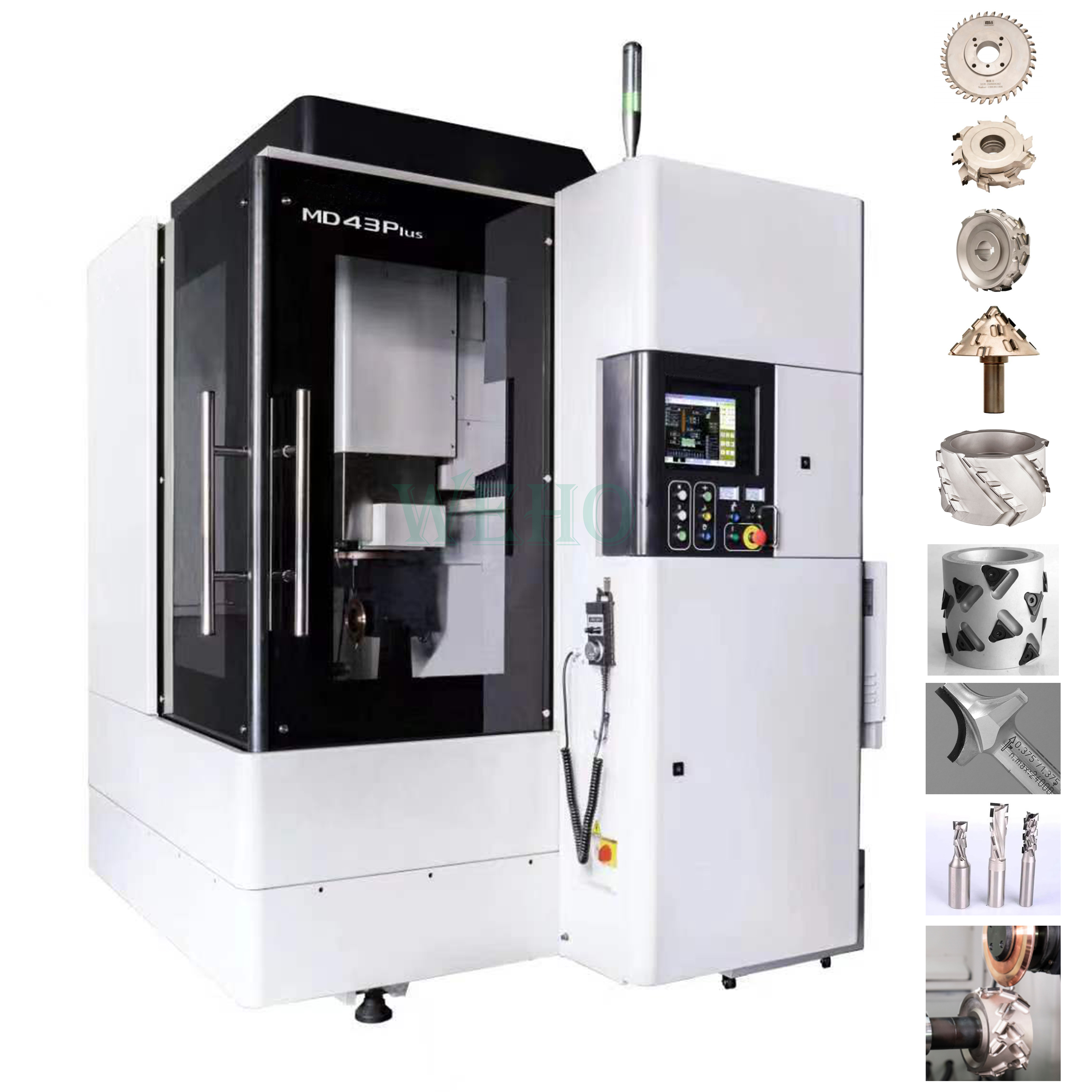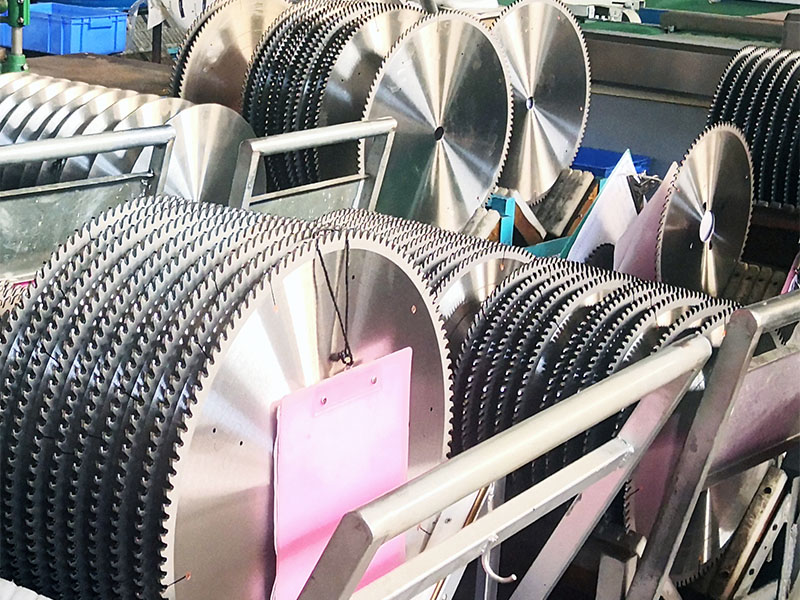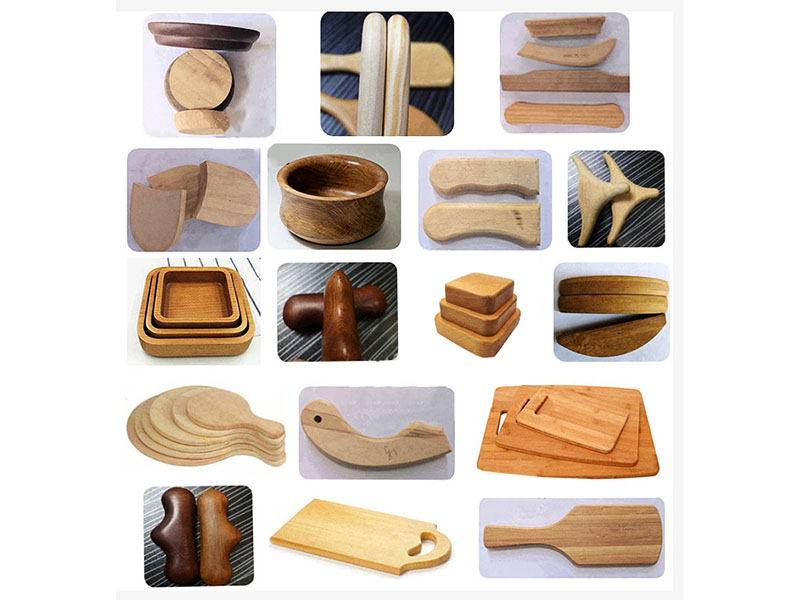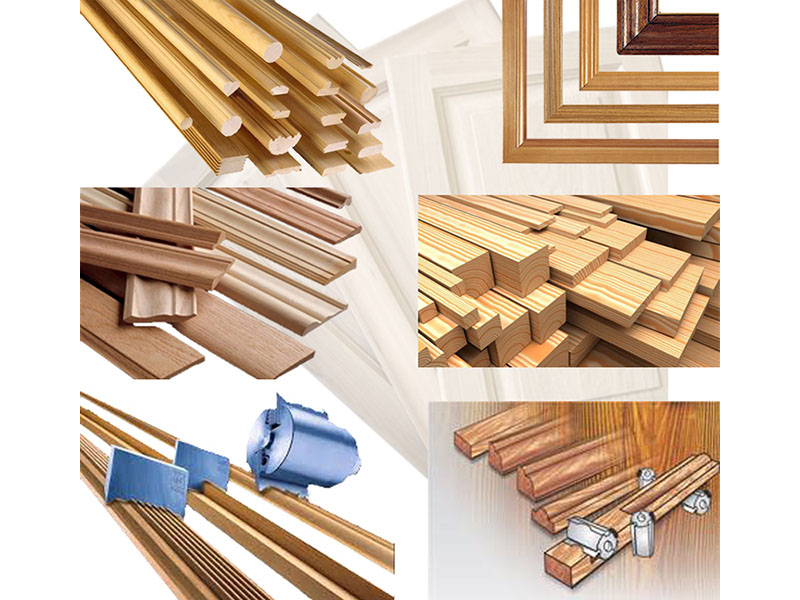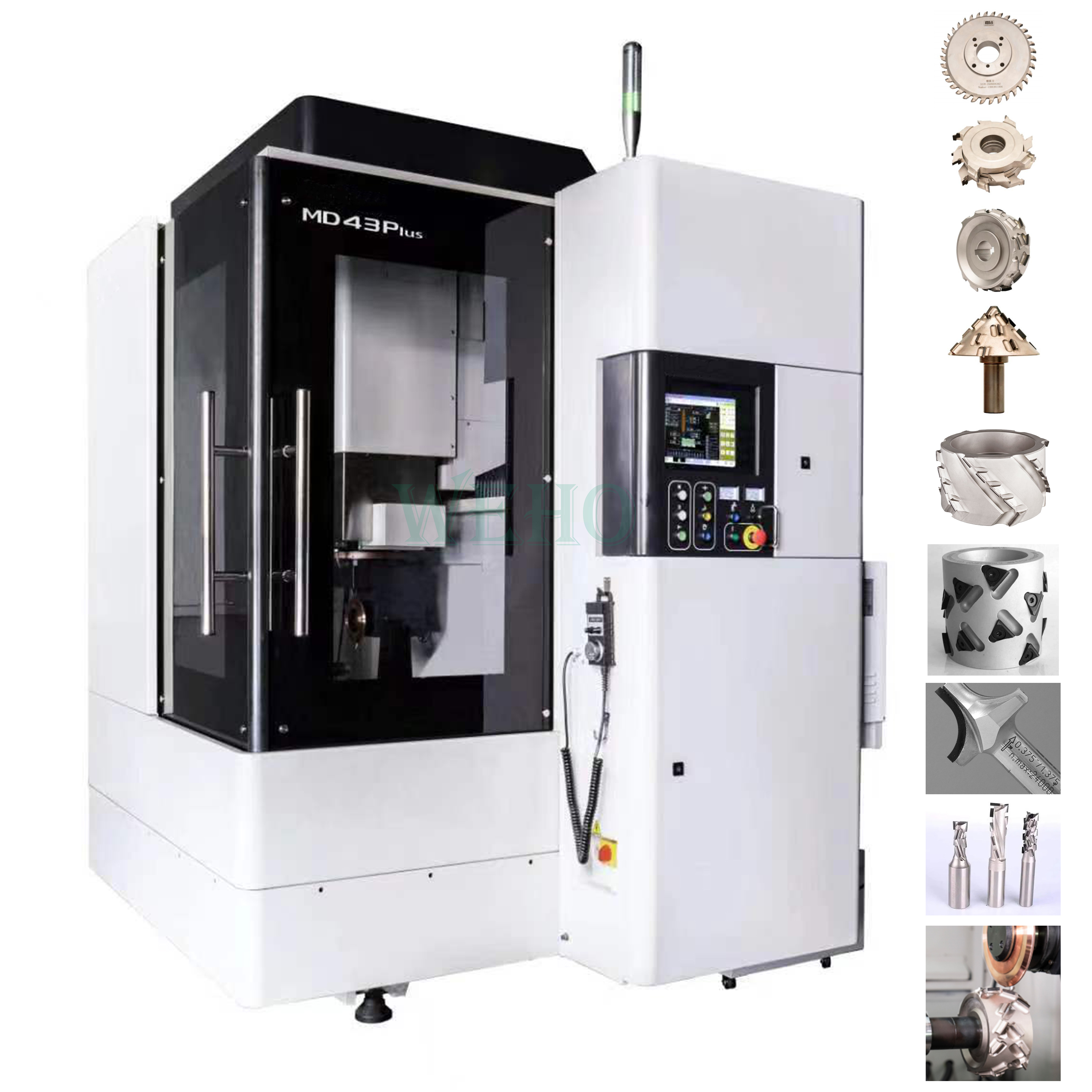
Top Industrial Applications of Diamond Grinding Machines
In the world of precision manufacturing, diamond grinding machines play a crucial role in achieving exceptional accuracy and surface quality. Equipped with diamond grinding wheels, these machines are designed to handle extremely hard materials that traditional grinding systems cannot efficiently process. From aerospace to automotive industries, diamond grinding technology has become indispensable for achieving tight tolerances, fine finishes, and extended tool life.
This article explores the top industrial applications of diamond grinding machines and explains why they are a cornerstone of modern manufacturing.
1. Aerospace Industry: Precision at High Altitudes
In the aerospace sector, every component demands absolute precision and durability. Diamond grinding machines are widely used for grinding turbine blades, engine components, and ceramic coatings that require micro-level surface accuracy.
Their ability to maintain consistent performance under high stress and temperature conditions makes them ideal for critical parts where safety and performance cannot be compromised. Additionally, diamond tools help minimize material deformation and improve component lifespan, ensuring aircraft reliability.
2. Automotive Industry: Enhancing Engine and Transmission Components
The automotive industry relies heavily on diamond grinding for producing components that require high dimensional accuracy, such as engine valves, piston rings, and transmission gears.
Diamond grinding machines ensure smooth surface finishes and tight geometric tolerances, leading to improved engine performance and fuel efficiency. They are also employed in the production of carbon-fiber composites, ceramic brake systems, and coated metal parts, supporting the industry’s shift toward lightweight and durable materials.
3. Tool and Die Manufacturing: Achieving Sharpness and Accuracy
Tool and die makers depend on diamond grinding machines to sharpen and shape cutting tools made from tungsten carbide, PCD (Polycrystalline Diamond), and CBN (Cubic Boron Nitride).
These materials are extremely hard, and only diamond abrasives can achieve the desired precision and surface quality. The result is a longer tool lifespan, improved cutting performance, and reduced downtime in machining operations — key factors that boost productivity and cost efficiency in manufacturing environments.
4. Glass and Ceramics Industry: Delicate but Demanding
The glass and ceramics industries require grinding processes that are precise yet gentle, as these materials are brittle and prone to cracking. Diamond grinding machines are used to cut, shape, and polish optical glass lenses, ceramic substrates, and semiconductor wafers with exceptional precision.
Thanks to coolant-controlled grinding systems, these machines minimize heat generation, preventing microcracks and preserving the structural integrity of fragile materials. This capability makes diamond grinding an essential process in electronics, optics, and semiconductor manufacturing.
5. Metalworking and Surface Finishing
In heavy metalworking, diamond grinding machines are employed for finishing hardened steel, carbide coatings, and superalloys. Their superior abrasive strength allows them to remove minimal material while achieving mirror-like finishes, which is essential for parts such as molds, dies, and high-precision bearings.
Moreover, CNC-controlled diamond grinders can perform complex surface profiling and contouring, making them valuable for both high-volume production and custom fabrication tasks.
6. Construction and Concrete Processing
Beyond precision industries, diamond grinding technology also has a strong presence in construction. Diamond grinding machines are used for surface preparation, concrete polishing, and floor leveling. They help remove coatings, adhesives, and imperfections, producing smooth, durable floors ready for new installations.
In road and bridge maintenance, diamond grinders enhance surface texture and friction, improving safety and extending the lifespan of concrete pavements.
7. Electronics and Semiconductor Manufacturing
As the demand for smaller, more powerful electronic components grows, diamond grinding machines are vital in semiconductor wafer thinning and substrate shaping.
They can precisely grind silicon, sapphire, and ceramic materials without causing thermal damage or surface irregularities. This ensures optimal performance in microchips, sensors, and high-frequency electronic devices, where even the smallest defect can compromise functionality.
Advantages of Using Diamond Grinding Machines
Across all these industries, the advantages of diamond grinding machines include:
- Unmatched hardness and wear resistance for longer tool life.
- High precision and surface quality even on hard materials.
- Reduced thermal damage thanks to efficient heat dissipation.
- Compatibility with CNC control systems for complex geometries.
- Lower overall operational costs due to less tool replacement and downtime.
These benefits collectively make diamond grinding machines a preferred choice for industries that value accuracy, consistency, and efficiency.
Conclusion
From aerospace components to semiconductor wafers, diamond grinding machines have become an essential part of advanced manufacturing. Their ability to process hard materials with extreme precision ensures superior quality and performance across multiple sectors.
As technology evolves, innovations such as CNC automation, AI-based process control, and eco-friendly cooling systems will continue to expand the capabilities of diamond grinding machines — shaping the future of precision engineering for decades to come.


